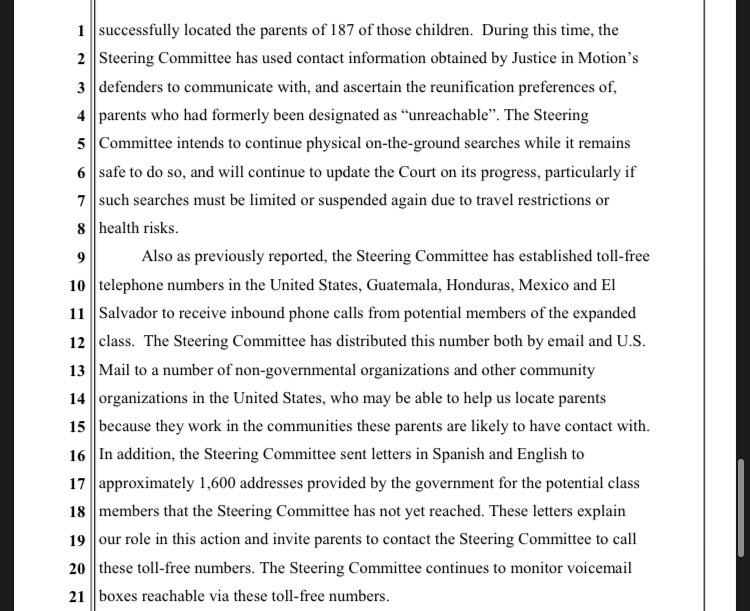
Kirstjen Nielsen perjured herself. Here's the exchange from December 2018, when she was under oath:
@RepJerryNadler: Are you doing anything that would reduce your capacity to process X number of people per day at the ports?
Nielsen: No sir.
@DHSOIG today says that was a lie.
@RepJerryNadler: Are you doing anything that would reduce your capacity to process X number of people per day at the ports?
Nielsen: No sir.
@DHSOIG today says that was a lie.
https://twitter.com/David_J_Bier/status/1322198701813747712
The question from @RepJerryNadler to Nielsen asked about reducing CBP capacity "to process X number of people" per day, and @DHSOIG reveals that Nielsen not only knew that "X = 650," she personally signed off on those policies herself five months earlier.
oig.dhs.gov/sites/default/…
oig.dhs.gov/sites/default/…

Here is the full clip of Kirstjen Nielsen testifying under oath in December 2018 about metering at ports of entry.
I strongly encourage listening to this 90 second clip, then going back one tweet and reading what @DHSOIG found.
It seems clearly perjury.
c-span.org/video/?c491962…
I strongly encourage listening to this 90 second clip, then going back one tweet and reading what @DHSOIG found.
It seems clearly perjury.
c-span.org/video/?c491962…
For some reason @DHSOIG has taken down the copy of the report they posted earlier today. Here's a link in the meantime. adamisacson.com/files/OIG-21-0…
Here's another clip from the same hearing: c-span.org/video/?c491966…
@RepJerryNadler: "Are you engaged in any effort to increase processing capacity at ports?"
Nielsen: "Yes sir"
Again, the OIG report strongly suggests that was completely false.
@RepJerryNadler: "Are you engaged in any effort to increase processing capacity at ports?"
Nielsen: "Yes sir"
Again, the OIG report strongly suggests that was completely false.
• • •
Missing some Tweet in this thread? You can try to
force a refresh

















